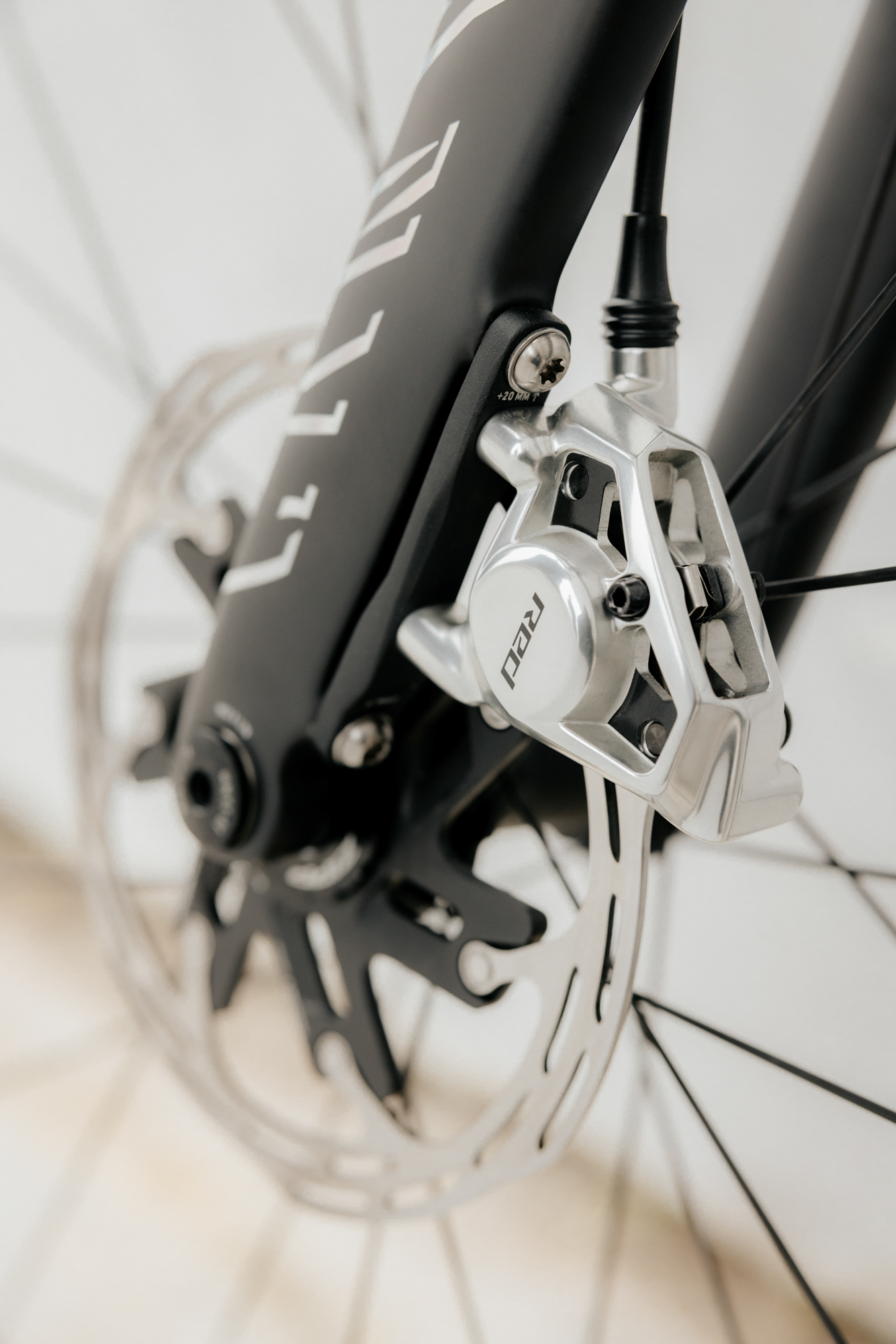In a world where two big brands are leading the market, and we sometimes think that everything has been invented, companies like SRAM continue working hard to improve their products and be at the forefront of innovation and development in the sector.
If the first SRAM RED appeared as the lightest and best adjustable group on the market in 2007, now, after several iterations, they present revolutionary improvements in the new SRAM RED AXS.
With a clear link to the world of competition, the brand has relied on the experience and feedback of professional cyclists who use their products daily to develop this new version of the well-known RED. A renewed groupset in which new technologies, materials, and structural changes have been put into practice with the primary objective of improving ergonomics, precision, and lightness.
Rethinking what exists
If this new wireless groupset stands out for something, it is the redesign of the entire system of hood and lever. With the new architecture they propose, the position of the pivot and the piston has been completely modified (now placed horizontally), which allows greater braking with less effort. According to SRAM, one-finger braking has never been easier than now. If we compare it with its predecessor, the RED ETAP AXS, the difference can be between 33% and 80% less effort when braking, depending on the position of the hands.
The optimized hoop shape has also been modified. Now, they are longer and more ergonomic, better adapted to all types of hand sizes. In addition, the reach and contact point of the lever can be adjusted, allowing a very personalized configuration that fits the characteristics and tastes of each rider.
According to the brand’s recommendations, once the group is installed on a bike, the position of the controls should be adjusted. With this new design, which has a very neutral and comfortable position, SRAM suggests applying an inclination of 7 degrees.
Bonus Buttons
Complementing the innovative controls of the new groupset, SRAM has incorporated two extra buttons that, by default, allow you to manipulate the shifting, but that can be configured through the AXS application to control with your fingers some functionalities of compatible ANT+ devices you may have linked.
The transmission in detail
If we examine the gear transmission, we observe several significant improvements that we consider worth highlighting.
The front derailleur has several changes, making it substantially faster and more precise than its previous models. At the same time, it is very compatible, and with the same derailleur, we can mount from 46/33T to 56/43T chainrings.
Taking a closer look at the rear derailleur, we find a lighter and more efficient version. It has bigger pulleys to reduce chain articulation and be more efficient, as well as an Orbit fluid damper to ensure that the chain stays in place in the more demanding terrain.
The cranks’ weight has been reduced, the stiffness increased, and the precision of the power meter improved. It now has an accuracy of +/-1.5% and is not affected by weather conditions during your ride.
Finally, the chain responsible for connecting all the previous elements maintains the particular SRAM design with its Flattop technology, which, in addition to being stronger and more durable despite being narrower, also makes it the lightest on the market. Not satisfied with the result, they have reduced the weight by 13 grams compared to the previous model in this version.
Maximum lightness and precision with minimum effort
The American brand has written a new episode in its history, not just one. We face the lightest electronic groupset in history at only 2,496 g (including the power meter). The new RED AXS comes loaded with new features and improvements associated with precision, comfort, and performance that mark significant differences from its competitors.
Undoubtedly, all the features SRAM has introduced in this new version have taken this groupset to another level and will give a lot to talk about in the coming months.














